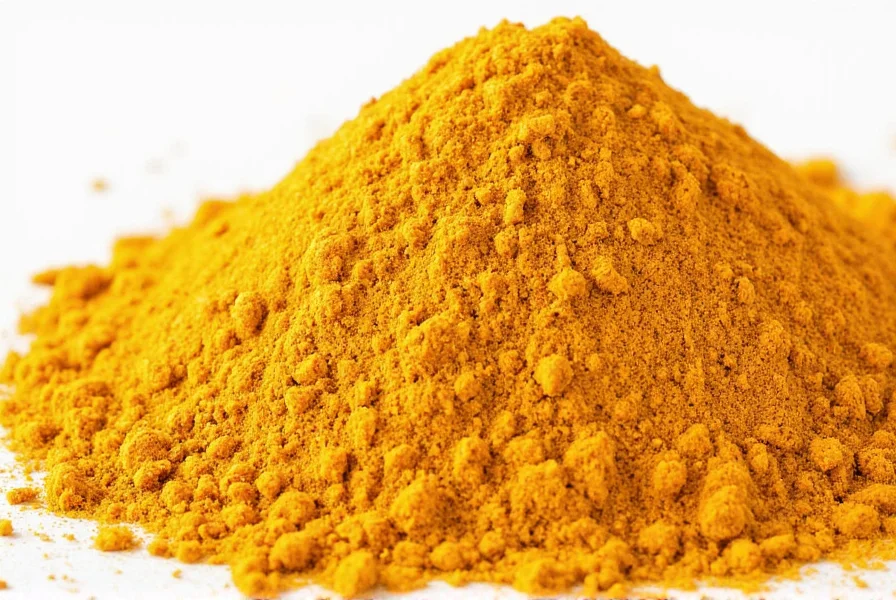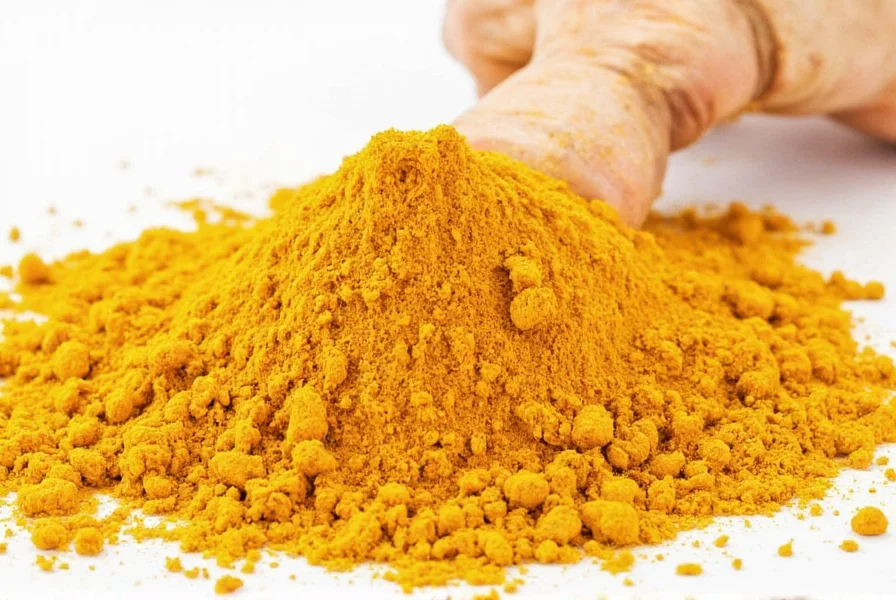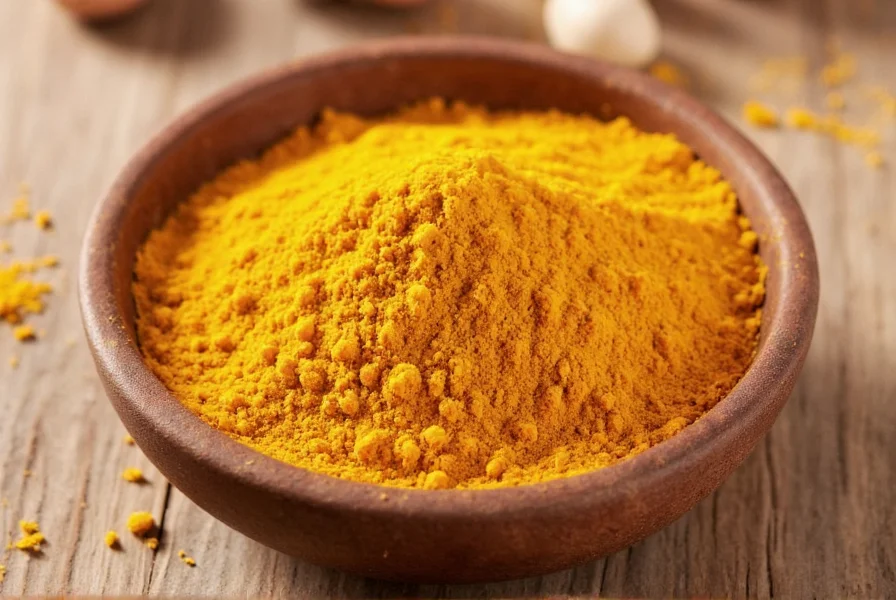Running out of turmeric doesn't have to ruin your cooking plans. Whether you're preparing a vibrant curry, golden milk, or simply need that distinctive yellow color for a dish, understanding effective turmeric alternatives can save your recipe. Turmeric serves multiple purposes in cooking—providing earthy flavor, bright color, and potential health benefits—so the right substitute depends entirely on which aspect you need to replicate.
Why Substitute Turmeric?
Turmeric substitution becomes necessary for several practical reasons. You might find yourself without this spice while cooking, need an alternative due to taste preferences, require a less pungent option, or seek similar health properties without turmeric's distinctive flavor. Understanding these different needs helps select the most appropriate replacement for your specific culinary situation.
Top Turmeric Substitutes by Purpose
For Color Replacement
When your primary need is to achieve turmeric's signature golden-yellow color:
| Substitute | Color Match | Ratio to Replace Turmeric | Best Applications |
|---|---|---|---|
| Saffron | Excellent (golden yellow) | 1 pinch saffron = 1 tsp turmeric | Rice dishes, sauces, premium recipes |
| Annatto | Good (orange-yellow) | 1/4 tsp annatto = 1 tsp turmeric | Cheeses, rice, stews |
| Yellow food coloring | Excellent (pure color) | 3-4 drops = 1 tsp turmeric | Baking, icings, when flavor neutrality needed |
Saffron provides the closest color match but comes at a significantly higher cost. Annatto offers a more affordable alternative with a slightly different hue. Food coloring works when you need pure color without any flavor impact, making it ideal for baking applications where turmeric's earthy taste would be undesirable.
For Flavor Replacement
When you need to replicate turmeric's earthy, slightly bitter flavor profile:
- Curry powder - Contains turmeric plus complementary spices like cumin and coriander. Use 1 teaspoon curry powder for every 1/2 teaspoon turmeric. Best for curries and Indian dishes where the complex spice blend enhances rather than detracts from the intended flavor profile.
- Ginger - Provides similar earthiness with less bitterness. Use fresh ginger in a 1:1 ratio by volume, or 1/4 teaspoon ground ginger for every 1 teaspoon turmeric. Works well in both savory dishes and golden milk recipes.
- Mustard powder - Offers comparable pungency without the yellow color. Use 1/2 teaspoon mustard powder per 1 teaspoon turmeric. Ideal for spice rubs and marinades where color matters less than flavor complexity.
For Health Benefits
Turmeric's primary health compound is curcumin, which has anti-inflammatory properties. Complete replication of these benefits isn't possible with substitutes, but these alternatives offer comparable health properties:
- Ginger - Contains gingerols with similar anti-inflammatory effects. Use fresh ginger in equal amounts to turmeric in teas or smoothies.
- Cinnamon - Provides anti-inflammatory benefits with a different flavor profile. Use 1/2 teaspoon cinnamon per 1 teaspoon turmeric in beverages.
- Black pepper - While not a direct substitute, adding black pepper to any turmeric alternative increases bioavailability of compounds, mimicking turmeric's enhanced absorption when paired with piperine.
Special Considerations for Common Recipes
Substituting in Curry Recipes
For best substitute for turmeric in curry, curry powder remains the top choice as it already contains turmeric along with complementary spices. If avoiding curry powder's additional flavors, a combination of saffron for color plus ginger for earthiness creates a more complex replacement that maintains the dish's integrity.
Golden Milk Alternatives
When making golden milk without turmeric, the ideal turmeric replacement for golden color is saffron, which provides both color and subtle flavor. For a more affordable option, a small amount of annatto combined with ginger delivers both visual appeal and health benefits similar to traditional golden milk.
Culinary Limitations to Consider
No single substitute perfectly replicates all aspects of turmeric. Saffron provides excellent color but lacks turmeric's earthy flavor. Curry powder adds flavor complexity but changes the dish's character. Understanding these limitations helps manage expectations when selecting a replacement. The most successful substitutions consider which attribute—color, flavor, or health properties—matters most for your specific recipe.

Practical Tips for Effective Substitution
When implementing healthy alternatives to turmeric spice, consider these professional techniques:
- Add substitutes gradually, tasting as you go, since potency varies significantly between options
- For color-focused substitutions, add the replacement late in cooking to preserve vibrancy
- When substituting in baking, consider neutral-flavored options like food coloring to avoid altering taste profiles
- For health-focused applications, pair substitutes with healthy fats to enhance absorption of beneficial compounds
Understanding these nuances transforms simple ingredient substitution into a thoughtful culinary decision that maintains your dish's integrity while working with available ingredients. Whether you're looking for turmeric substitute without curry flavor or need to replicate specific properties, selecting the right alternative ensures your cooking remains successful even without this versatile spice.












 浙公网安备
33010002000092号
浙公网安备
33010002000092号 浙B2-20120091-4
浙B2-20120091-4